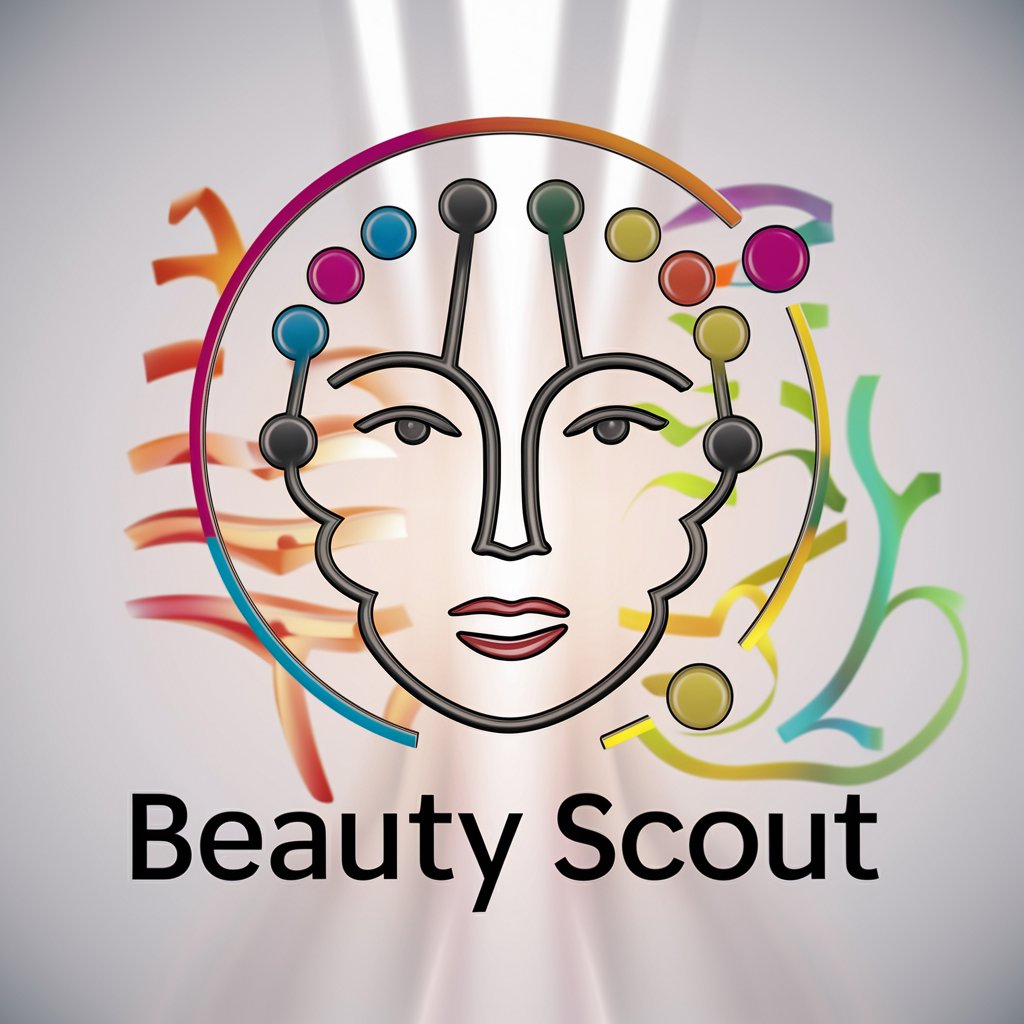
Part Finder - Technical Parts Identification

Hello! I'm here to help you identify industrial products and equipment. How can I assist?
AI-powered part identification and sourcing.
What is this part called?
Identify this equipment.
Name this industrial product.
Help me find the name of this component.
Get Embed Code
Overview of Part Finder
Part Finder is a specialized assistant designed for identifying industrial parts, technical equipment, and standard documentation. Its primary role is to translate user descriptions into technical language, pinpointing exact manufacturer part numbers, model numbers, or Stock Keeping Units (SKUs). It also provides URLs for accessing detailed information about brands, parts, products, or documentation. This service is tailored to assist in understanding and locating specific components in various industrial and technical contexts. For example, if a user describes a 'cylindrical metal object with a threaded exterior and a hexagonal head,' Part Finder would identify this as a 'hex head bolt' and provide its standard specifications, such as size, thread pitch, material, and applicable standards, along with manufacturer details and purchase options. Powered by ChatGPT-4o。

Key Functions of Part Finder
Identification of Parts
Example
Hex head bolt, M8 size, 1.25 mm thread pitch, stainless steel
Scenario
A maintenance engineer requires a replacement for a damaged bolt in a machine. By describing the bolt's physical characteristics, Part Finder would identify the specific bolt type and specifications needed for replacement.
Locating Technical Documentation
Example
ISO 898-1 for bolt mechanical properties
Scenario
A designer needs to confirm the mechanical properties of bolts for a new product. Part Finder would provide the relevant standard documentation (ISO 898-1) that details the mechanical and performance characteristics of metallic bolts.
Providing Manufacturer Details
Example
Manufacturer: Fastenal, Part Number: 11115987
Scenario
A procurement specialist is sourcing specific fasteners for industrial machinery. Upon receiving the description and required specifications, Part Finder would provide the exact part number and manufacturer details for ordering.
Target User Groups for Part Finder
Maintenance Engineers
These professionals often deal with machinery repairs and need to quickly identify and source replacement parts. Part Finder aids in swiftly identifying the correct parts, ensuring minimal downtime in industrial settings.
Procurement Specialists
Individuals responsible for sourcing and purchasing technical components for organizations can utilize Part Finder to find exact matches for parts, streamlining the procurement process and reducing the risk of ordering incorrect items.
Product Designers
Designers require detailed information about components for new products. Part Finder provides access to technical specifications and standards, assisting in informed decision-making during the design phase.

How to Use Part Finder
1
Start by visiting yeschat.ai to access Part Finder for a free trial, with no requirement for login or a ChatGPT Plus subscription.
2
Describe the part or equipment you're inquiring about in detail, including any known specifications, dimensions, or unique features.
3
Specify the context of your inquiry, such as the intended application or industry, to ensure the recommendations are relevant and accurate.
4
Review the provided identifications, which include part numbers, model numbers, or SKUs, along with URLs for further information.
5
Utilize the tips and additional resources shared by Part Finder for an optimal experience, such as guidance on comparing parts or understanding technical documentation.
Try other advanced and practical GPTs
Hot or Not
Discover Beauty Through AI’s Lens

Mappy by Scribble Maps (beta)
Visualize and Collaborate on Maps Powered by AI

MelvynxGPT
Empowering Your React Journey with AI

XPath生成アシスタント
AI-powered XPath Generation Tool

Incassokosten berekenen
AI-Powered Collection Cost Estimation

Experte für die Deutsche Verfassung
Empowering Constitutional Understanding with AI

HackTrack
Secure Your Email, Protect Your Privacy

Essay Guide Assistant
Empowering Your Essays with AI

ELECONSCV-GPT
AI-powered Election Management Simplified

AIゲームマスター
Embark on Epic AI-Guided Fantasy Adventures

Consult the I Ching
Ancient Wisdom for Modern Decisions

EmojiGPT
Chat Creatively with AI-Powered Emojis

Part Finder FAQs
What makes Part Finder unique in identifying parts?
Part Finder specializes in translating detailed descriptions into technical language, providing precise identifications with part numbers, model numbers, or SKUs, and offering direct links to manufacturers or documentation.
Can Part Finder help in finding obsolete or hard-to-find parts?
Yes, by leveraging extensive databases and industry knowledge, Part Finder can assist in identifying obsolete parts, suggesting alternatives, or directing users to specialized suppliers.
How does Part Finder ensure the accuracy of its identifications?
Part Finder uses a combination of AI-powered analysis, up-to-date databases, and industry standards to ensure the recommendations are accurate and reliable.
Is Part Finder suitable for non-technical users?
Absolutely, Part Finder is designed to be user-friendly, offering educational resources and simplifying complex technical information for those without a technical background.
Can Part Finder assist in finding parts for specific industries?
Yes, Part Finder is equipped to handle inquiries across various industries, including automotive, aerospace, manufacturing, and electronics, by understanding industry-specific standards and requirements.






